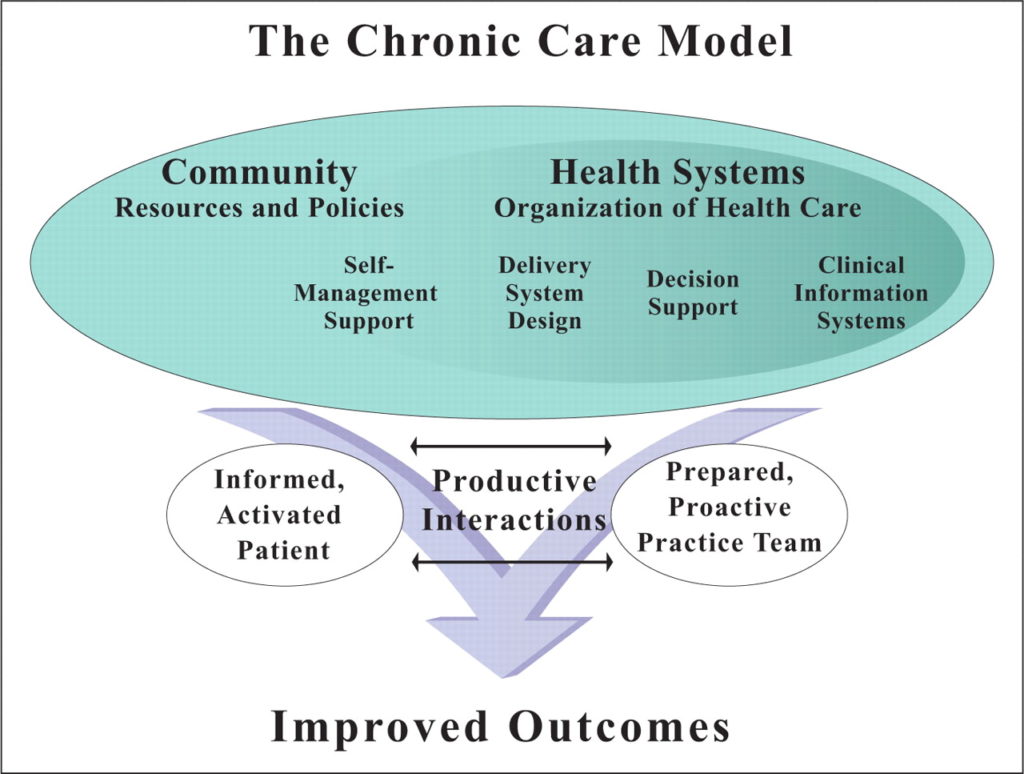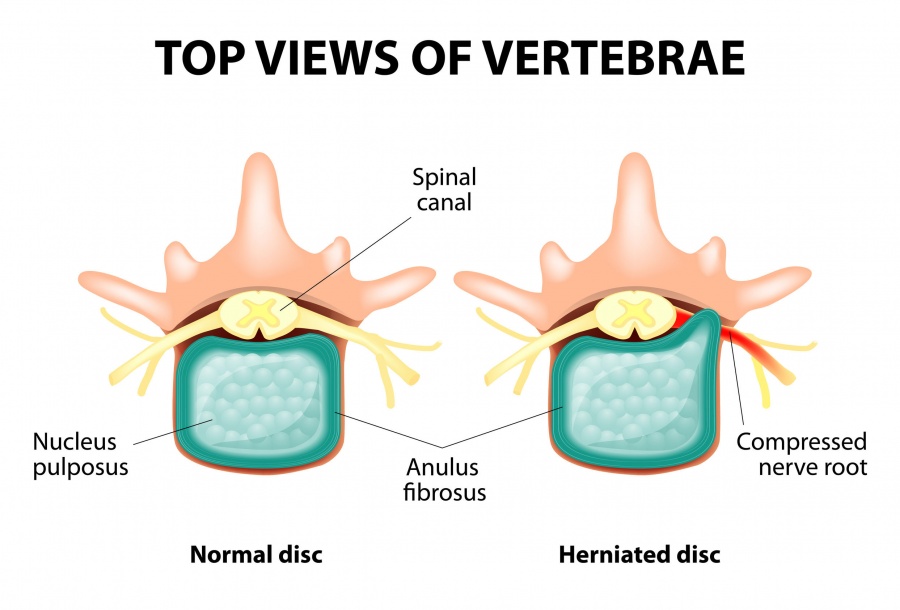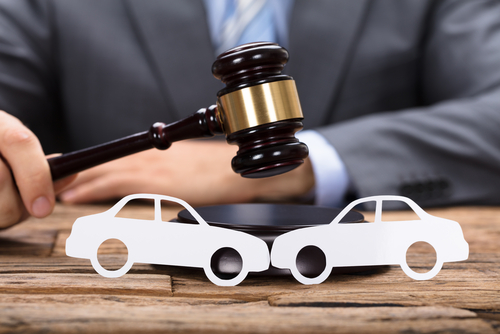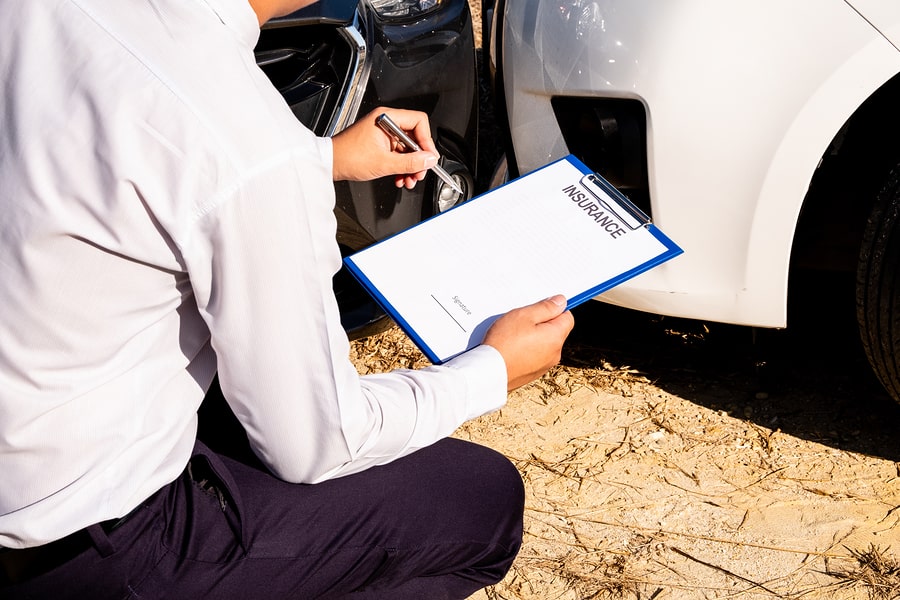With 25 years and thousands of cases developing my expertise in treating car accident injuries, I’ve developed some very effective protocols for getting people well. In the car accident injury arena, I have seen so many people come to my office years after an accident wanting me to fix what should have been fixed by the doctors who were treating them immediately following a car accident. While I am the first to admit that not everyone is 100% fixable after they’ve sustained a serious injury, there are many times that more can be done to fully resolve the person’s injury and get rid of their pain. Still, the story here in St. George is usually something to the effect that, “I went in and treated with ‘XYZ clinic’ and when the PIP (Personal Injury Protection) ran out, they told me there was nothing else they could do for me. I have been hurting ever since. Is there anything you can do to help me?”
It always shocks me, when practitioners will base how much care they will give on insurance dollars. I have said for years that insurance is not healthcare, but sick care. Thankfully, in the personal injury arena, there are safeguards in place to help a person get the care that they need and the compensation that they deserve when they are injured at the fault of someone else. My goal in this article is to shed some light on the medical/legal issues surrounding injury cases.
First, I’ll go into some basics of insurance laws and PIP and how it works in the state of Utah. Next, I’ll discuss acute car accident injury care, and then I will talk about the chronic pain difficulties that are many times ignored. After that, I’ll address some common mistakes that people assume about legal issues and compensation. These mistakes are not only the thinking of the general public but some healthcare practitioners and lawyers as well.
Insurance and PIP (Personal Injury Protection)

Whether you live in St. George or somewhere else in the state of Utah when you purchase automobile insurance you are required, by law, to have Personal Injury Protection. Or, as we call it in the industry, “PIP.” This is money that is immediately available for you to seek treatment when you have been involved in a car accident, regardless of who is at fault. If you are at fault in an automobile accident, this money is also available for you to come to get treated for your injuries. The same thing is true if you are not at fault. If someone else crashes their car into you, the PIP rules still apply. Part of the reason for this is your ability to seek treatment. When you have been involved in an automobile accident the legal rules (Utah Insurance Commission) indicate that any injury caused therein is the responsibility of the automobile insurance(s) involved in the crash. It is NOT the responsibility of your personal healthcare insurance to pay for these types of injuries. That is, at least not until the automobile insurance is exhausted.
Many people ask, “Will a car accident affect my insurance rates?” The good news about PIP is that using it does not affect your insurance rates or your ability to buy insurance. Insurance rate increases are purely an effect of who is at fault in a car accident. Insurance companies cannot raise rates based on the cost of a claim when an accident injury occurs. Insurance rates are raised based on the reason a person was at fault in the first place. In other words, if someone is at fault in an accident, and the reason for that fault was “failure to yield,” the police officer who attended the scene of the accident would give them a “failure to yield” ticket. Upon immediate notification to the insurance company that their client was at fault and received a “failure to yield” ticket, they would raise the insurance premium on their client to the same extent whether it was a $50 claim or a $500,000 claim.
The bottom line is, if you are in an accident, notify your insurance company immediately and they will open a claim for you. The next phone call you should make is to my office, Dixie chiropractic (I’m Dr. Ward Wagner) to get checked for your injuries. All we need is your claim number to get started. If your injuries are bad enough that an ambulance has reported to the scene, you should seriously consider allowing them to take you to the hospital. After you are released from the hospital, you can come to our office for your physical therapy and other treatments.
Acute and Chronic Care
Following a car accident injury, many people feel immediate pain or soreness in the affected regions of their body based on position, speed of impact, or direction of impact. The regions of the body commonly affected are the neck, head, shoulders, low back, and knees. Regardless of the area injured, it is most important to get an accurate diagnosis of the tissues that are involved in the injury. The best treatment comes when we know whether or not it is a joint capsule, cartilage, ligament, tendon, or muscle. Discovering what tissues are injured, is found by a thorough physical examination, including orthopedic examination, range of motion of the affected body parts, and x-rays. Sometimes further diagnostic tools are necessary such as ultrasound, CT scan, or MRI.
In the case of acute, or new, injury it is vitally important that treatments involve decreasing inflammation, reducing muscle spasms, and protecting the body area from further damage. Typically, with a brand-new injury, more aggressive means such as exercises, manipulation, or extreme stretching are avoided as these can and will likely make the injury worse. If the pain is bad enough, pain medications, anti-inflammatory drugs, and muscle relaxers may be necessary. In my office, I prefer utilizing more natural means to address a person’s injury. We typically will begin by using gentle massage, ice, therapeutic ultrasound, and electrical muscle stimulation in the beginning stages of healing. These therapies are gentle, and if used properly, reduce inflammation and help the body begin its repair process.
When someone leaves the acute stage of the injury and enters into the subacute (less new) or chronic stage of injury, we consider more aggressive means to help continue the repair and regeneration of the injured areas. At this time, massage would become more aggressive and deep into the muscles, we may begin chiropractic adjustments or manipulation of joints, stretching, and heat therapy. These types of treatments help break down scar tissue that is always trying to form during the healing process and restore normal range of motion and joint movements.
I can’t stress enough the importance of being checked when a person feels pain following an accident. Sometimes people go to the emergency room following a car accident injury, and after a quick check, ER doctor releases them with a simple diagnosis of muscular strain, prescribes a bottle of muscle relaxants, and tells them to go home and rest because they’ll be fine in a couple of days. This is wrong much of the time. Because an ER doctor is trained in life-saving techniques, if you leave the ER alive, he or she has done a great job! Many times the seriousness of the person’s injury is not recognized until a lot of fibrotic adhesions and scarring has set in and around the injured body region. Again, the necessity of being checked by an injury specialist is extremely important following an automobile accident injury when pain and soreness persist. Don’t delay care! The early treatment produces greater healing outcomes in the long run.
Disc Bulge/Herniation and Care
There is one outlier in particular that I should address outside of typical acute and chronic injury. That is disc bulges, disc herniations, and disc protrusions (aka Slipped Discs). Because the intervertebral discs of the spine have no or limited blood supply, they fall into a unique category independent of typical soft tissue healing. Once an intervertebral disc has been damaged, it is very common for that disc to remain in an injured state over a long period extending not only into months and years but even decades! Because of the makeup of the disc and its role as a weight-bearing tissue, intervertebral discs are very slow healing best or simply fester and worsen over years, if neglected. Also, intervertebral disc injuries are one of the most misdiagnosed ailments that I see in an injury case. Much of the time, a disc bulge or herniation feels like a simple muscle strain. It will feel stiff and sore when initiating movement, but as a person starts to ambulate or walk and move with regular activity, it will feel like it ‘loosens’ and the pain will alleviate as activity is continued. This is very similar to muscle and tendon injuries which tend to feel better as someone ‘warms up’ prior to an activity. Because intervertebral disc damage is another area that I specialize in, I am always watchful for those hidden disc injuries because, not only are they important to catch early on, but also respond very well to my spinal decompression and laser therapy protocols.
Your Legal Rights and Compensation
Whether you live in St. George, Utah, or anywhere else, if you are injured by someone else in an automobile accident, it is your legal right to be made whole again. When I use the word “whole,” what I mean is in every aspect affected. When vehicles collide, there is always damage such as scratched paint, dents, scraping, frame damage, and the list goes on. Whoever is at fault in an accident is responsible for repairing the damage to the vehicles. The “at fault“person is responsible to make your vehicle whole again. If you have suffered a whiplash injury, low back strain, rotator cuff damage, or whatever the case may be, whoever is at fault also responsible to make your body whole again. Whatever the damage may be, whether it is physical, emotional, or financial, the “at fault” person is responsible to make that area whole again.
One of the frustrating conversations that I have with people on a regular basis is that they don’t understand the concept of justice in car accident cases. I hear things such as, “I don’t want to be mean. The person that hit me was really nice!” Or, “I’m so angry at them! They lied about how the accident happened! I’m going to sue them.” In either case, I try to help people understand that holding someone else responsible for the damage they have caused is neither being mean nor nice, which reminds me of the phrase, “Justice is blind.” My point is, justice should be served and damages restored. It’s just the right thing to do. If someone enters an intersection from my blind spot and I pull out and hit them, I fully expect that I am responsible for that accident and therefore am responsible to make them whole again. This is why we buy insurance, to be able to cover all the expenses that arise from accidents.
Remember, when you are “suing” in a personal injury case, what is actually happening is you are charging the insurance company to pay for damages, both for you and your property. The individual, who is at fault, will not suffer any personal loss. The insurance company is the one paying for damages or compensating you for your pain and suffering.
The fact is: accidents do occur. Rarely are accidents caused because someone who is trying to harm someone else. That is why they are called “accidents.” But, just because a car crash was an accident, does not negate a person’s responsibility for their part, whether or not it’s intentional. Accidents are not caused by emotion, and therefore should not be responded to by emotion.
Although I try to empathize with my patients who are suffering, and have sympathy toward their cause, I do my best to maintain a cool head and be a voice of reason while they navigate their personal injury cases. When treating a car accident injury patient, I make my primary focus the best care possible utilizing my knowledge and expertise coupled with the latest technology and innovations for getting them better fast. I also take the time to document all the pertinent details of the accident and keep a thorough record of my findings, diagnoses, and treatment protocols. All the while, I am sure to document the proof of injuries so that claims are paid and settled to the satisfaction of my patient and/or their attorney. With injury attorneys, it’s all about compensation. With me, Dr. Ward Wagner, it’s all about a full recovery.
What is my Car Accident Injury Worth?
That is a loaded question! I have been asked this question many times over the last 25 years. The best response I can give is, “I don’t know.” However, there are a few things I DO know:
- The more serious the injury, the higher the compensation.
- If, the injury is serious, it must be documented.
- If the injury is not documented, it never happened.
There are so many people that are involved in a car accident, and although they are hurting, they will try the “watch and wait” method to see how they do… After all, they’ve had strains and falls and sports injuries before, and things tend to just get better with time. Then, months later, they try to open a claim with the insurance company and are met with doubt and uncertainty as to whether or not their story is true or related to the accident! This can be very frustrating to people because no one wants to be accused of being a liar. But the fact remains (per number 3 above) if an injury isn’t documented, it never happened. Therefore, I encourage everyone to come to get checked if they are having any soreness following an accident.
Pain is not always the best indicator of how serious an injury is. Did you know that typically, an ankle fracture hurts less than an ankle sprain? Or, that a slap on the face will typically hurt more than a torn rotator cuff injury? While pain is a great indicator that injury has occurred, it is not always a great indicator of how serious that injury is. In the case of car accident injuries, this is why I go to great lengths to examine the body region(s) that have soreness or pain following a car crash. I have discovered broken bones, tendon ruptures, and traumatic brain injuries, all of which are very serious, while the person only experienced mild discomfort.
By choosing the right medical expert, your injuries will be properly diagnosed and documented to ensure all your treatments will be approved by your insurance company. All we need is your claim number and we will do the rest! Pain relief treatments with no out-of-pocket cost to you.






Recent Comments